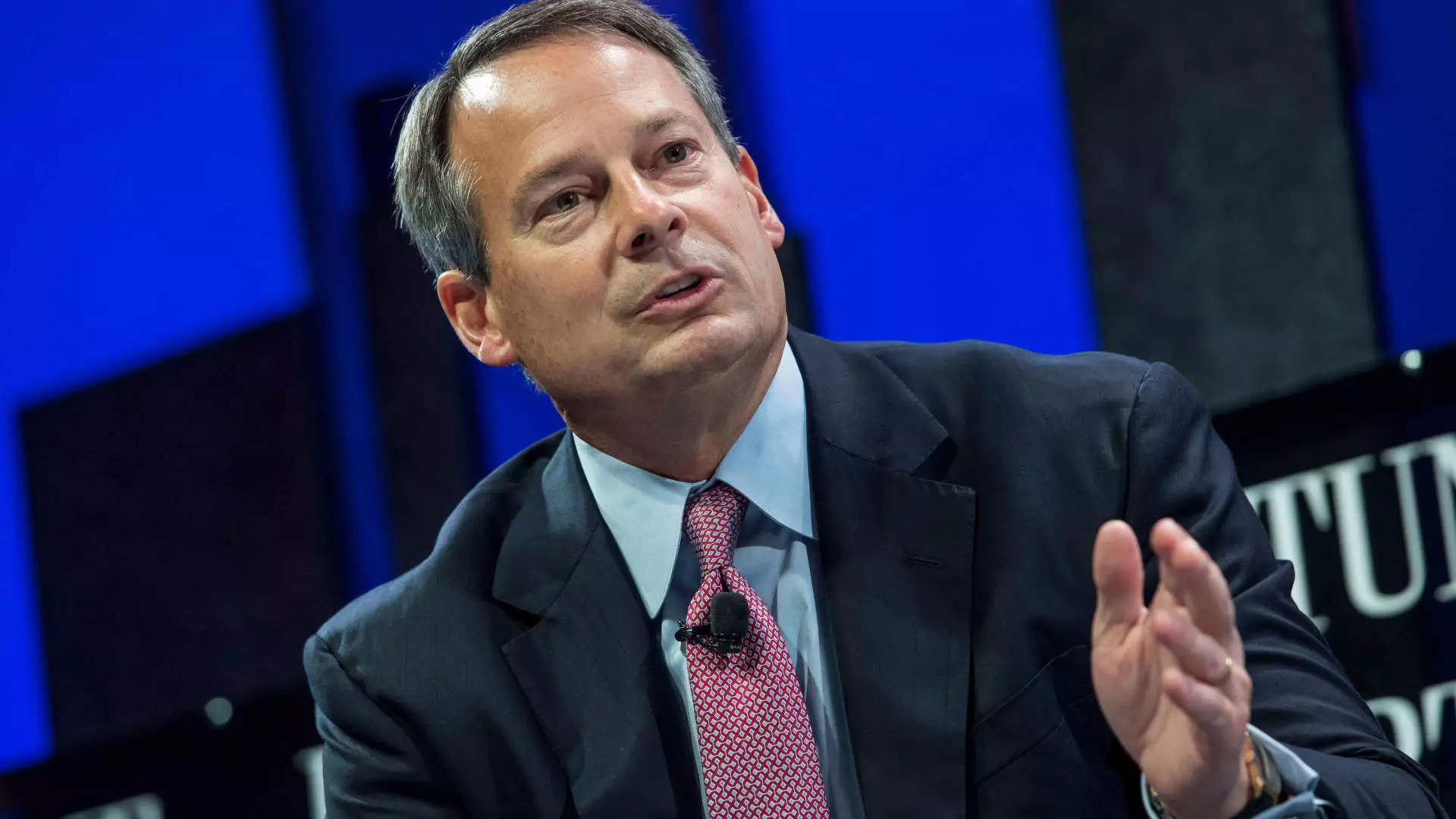In the often opaque world of corporate finance, insider trading activity offers a rare glimpse into the internal confidence—or lack thereof—within major corporations. When executives and major stakeholders unload millions of dollars worth of shares, seasoned investors are right to pay close attention. These moves aren’t mere financial planning; they can be stark indicators of underlying issues, shifts in strategic outlook, or a lack of faith in the company’s near-term prospects. The recent wave of insider stock sales across sectors such as airlines, semiconductors, and financial services raises a concerning question: are these insiders signaling trouble ahead?
While some trades are routine, executed under pre-planned arrangements, many recent transactions appear more opportunistic—possibly a warning sign that the people closest to the companies are distancing themselves from their own shares. It’s a stark reminder that day-to-day stock movements often tell the smaller story; the real story lies behind the scenes where insiders are cashing out at what may be their last opportunity before a downturn.
The Unspoken Truth Behind the Mega Sales
Take, for example, the case of Charles Schwab, a stalwart of the financial industry. Former CEO Walter Bettinger sold nearly $17 million worth of shares this past week, even as the company’s stock enjoyed a 16% rally over the recent quarter and a 31% rise over the year. Such a sale, occurring amidst strong recent performance, could suggest that Bettinger perceives the current bullish trend as overextended, or perhaps that he anticipates a slowdown due to broader economic headwinds. Insiders, after all, have superior knowledge of what’s on the horizon—a fact that can’t be ignored.
Similarly, the CFO of semiconductor giant NXP Semiconductors, William Betz, liquidated a significant portion of his holdings right after a 12.7% rise in stock value over three months. His sale of 6,800 shares for over $1.5 million, which reduced his position by 82%, raises questions: what information is he privy to that makes him confident enough to cash out so heavily, especially when the company’s stock is currently underperforming on a yearly basis? The data suggests that financial insiders are exercising their options to exit before the tides turn unfavorable.
Furthermore, the airline industry, generally viewed as a bellwether of economic vitality, exhibits a similar pattern. United Airlines’ CFO sold over $2 million worth of shares despite the airline’s stock gaining over 16% in recent months. The fact that multiple United insiders are offloading stock, totaling approximately $6.2 million in recent trades, hints at a collective hesitancy brewing within the upper echelons of aviation companies. Climate uncertainty, geopolitical tensions, and economic slowdown concerns serve as a backdrop that makes such sales more than mere coincidence; they might be preemptive measures against a brewing storm.
Insider Sales: A Canaries in the Modern Market Coal Mine?
The most striking aspect of this pattern is the consistency with which insiders are selling when broader economic signals are mixed but increasingly cautious. Like canaries in a coal mine, these transactions serve as early warnings—signaling that those closest to the companies see potential pitfalls ahead. They don’t make these moves purely for liquidity purposes or personal financial planning; often, they act based on their private insights into earnings, market conditions, or upcoming disruptions.
For investors aligned with a center-right, market-oriented philosophy, these insider sales pose a troubling warning. They should serve as a wakeup call to re-evaluate overly optimistic bullish narratives that often dominate mainstream investment enthusiasm. When the insiders are cashing out in droves, it suggests that the market might be underestimating risks—risks from economic downturns, sector-specific headwinds, or systemic financial instability.
In the final analysis, insider trading activity is not a random occurrence but a vital piece of the puzzle that, when viewed in context, emphasizes the importance of cautious optimism. It encourages investors to scrutinize the fundamentals more critically, resist the herd mentality, and prepare for potential turbulence ahead—an economic reality that no amount of market hype can fully obscure. While Wall Street may celebrate recent gains, the silent signals from insiders demand a more skeptical, strategic approach—one that recognizes that sometimes, the biggest moves are made not in the open market, but in the quiet, private exchanges of those who hold the keys to a company’s future.

